Following a stunning restoration, Flemish artist Anthony Van Dyck’s Ritratto di Marcello Durazzo takes pride of place in the Sale del Convitto during Homo Faber. Depicting a nobleman wearing precious black velvet, a material intimately connected to Italian artisanal skill, this 17th century masterpiece is a perfect fit for Homo Faber. Its restoration was supported by Venetian Heritage in collaboration with the Michelangelo Foundation, Arthemisia and Marco Voena. For the Michelangelo Foundation, helping to restore this painting was a chance to support skilled restorers, preserve a precious artwork and give something back to Venice, the wonderful host city of Homo Faber.
This great canvas, one of Van Dyck's most sophisticated works, dates from the period 1621 to 1627 when Van Dyck spent time in Genoa, where he made a substantial impression in Italian baroque painting. The painting represents the patrician Marcello Durazzo and partners another painting picturing his wife Caterina. Originally they were both in the collection of the Durazzo family, one of the most important noble families in Genoa. However they were later separated: the portrait of Marcello was purchased by baron Giorgio Franchetti at the end of the 19th century, placed in the Ca' d'Oro and exhibited along with the masterpieces of the Galleria; while the portrait of Caterina remained initially in the family palace and then followed the fate of the furniture, which was acquired by the Savoy and transferred to the Royal Palace in Turin.
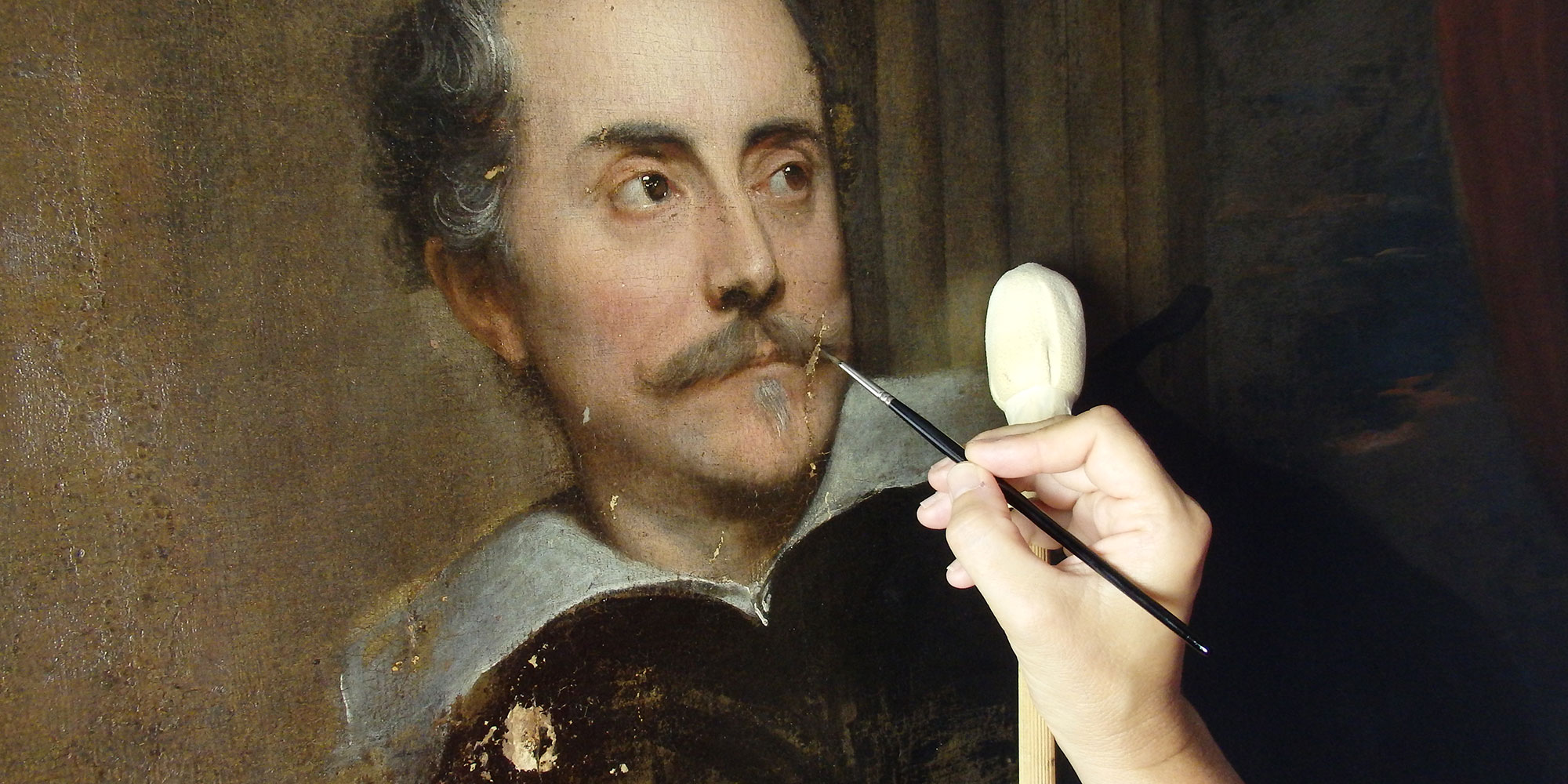
The portrait uses dark colours, following the Spanish-influenced fashion of the time, with sophisticated modulations of blacks and browns, which interact with the red curtain in the background. This in turns opens to reveal a view of the sky streaked by clouds, an evident homage to the Venetian pictorial tradition. The painting showed the presence of widespread inconsistent glazing, overpainting, and inpainting carried out over the original surface. A line of filler, now removed, extended in the centre for the entire length of the painting, creating a significant visual disturbance. Most of this damage was probably caused by an intervention carried out before the painting was put up for sale on the antiquarian market. After that, the painting was subject to two restorations in the 1940s and 1970s, which failed to recreate the original colour tone.
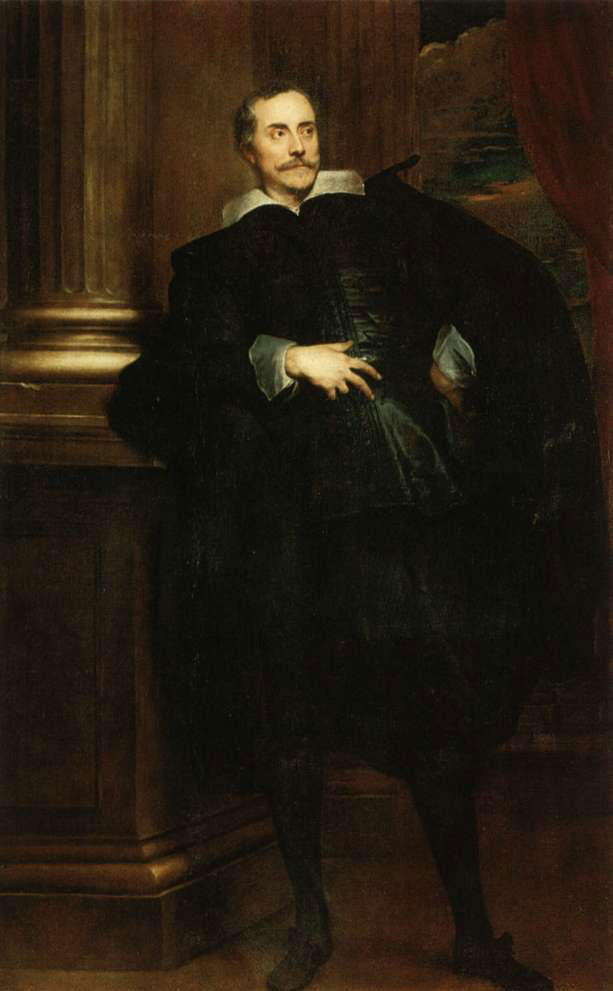
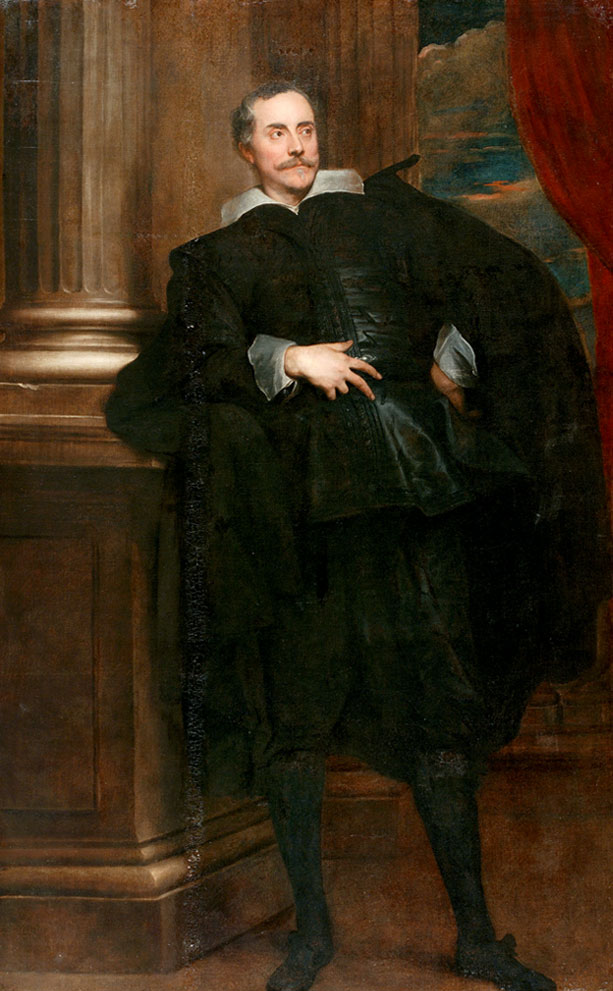
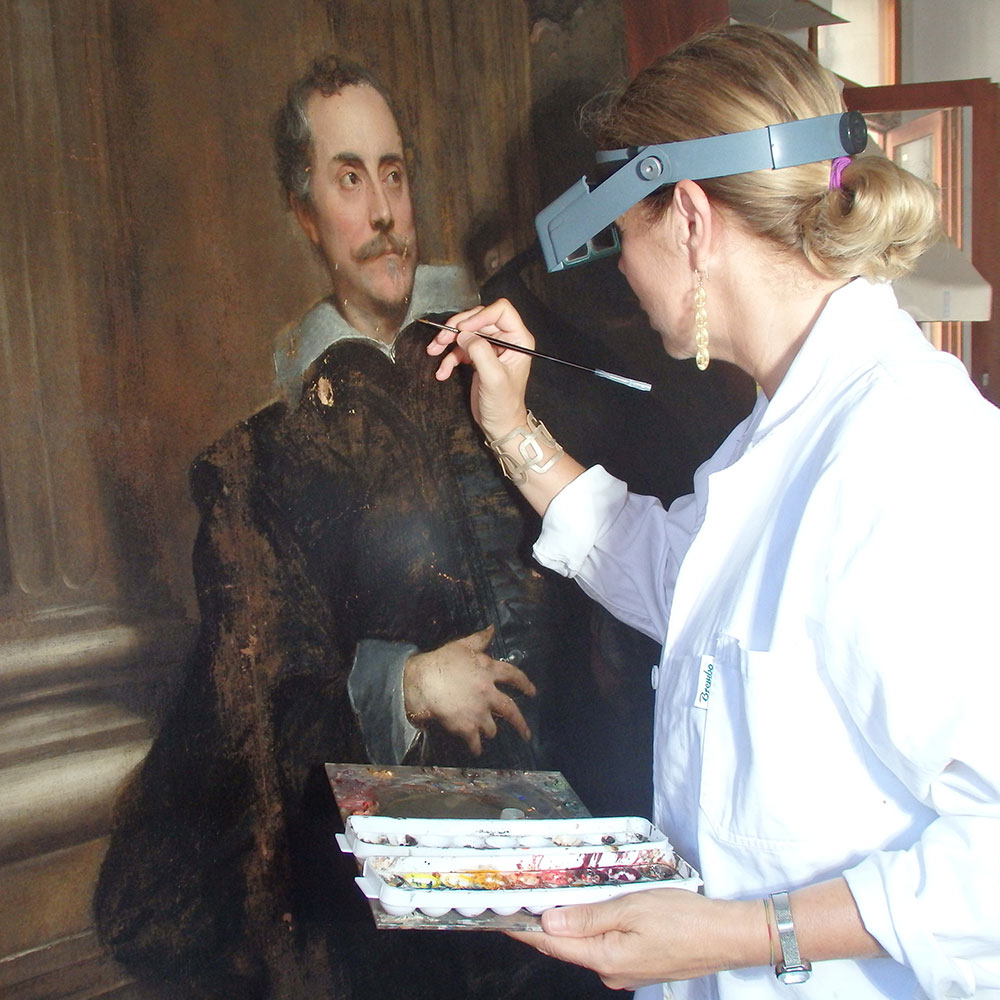
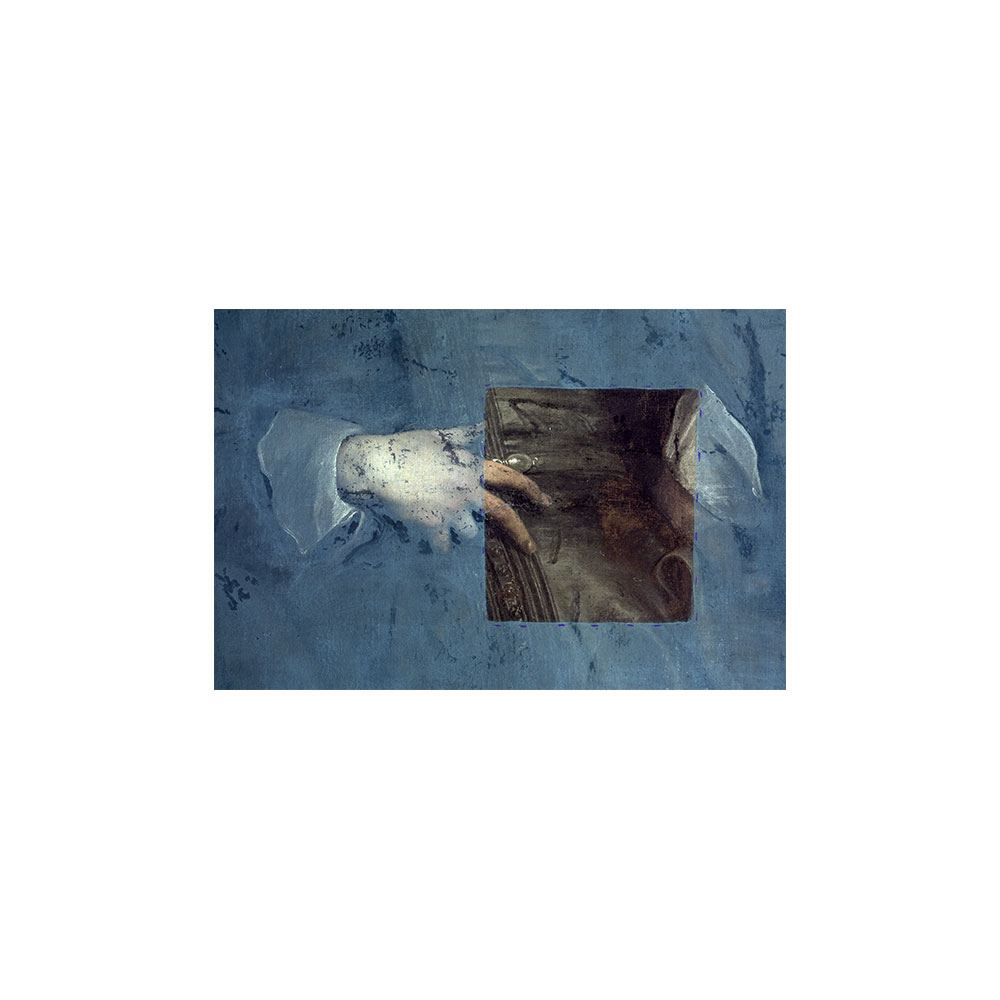
Venetian Heritage
Venetian Heritage, an international non-profit organisation with offices in Venice and New York, supports cultural projects through conservation, exhibitions, publications, conferences, academic study and research. Its aim is to increase awareness of the immense legacy of Venetian art in Italy and in those areas once part of the Republic of Venice.
www.venetianheritage.eu
The Van Dyck Lounge has been realized thanks to the precious contribution of iGuzzini. Special thanks to Rubelli. www.rubelli.com
 Michelangelo Foundation
Michelangelo Foundation Homo Faber Event
Homo Faber Event


